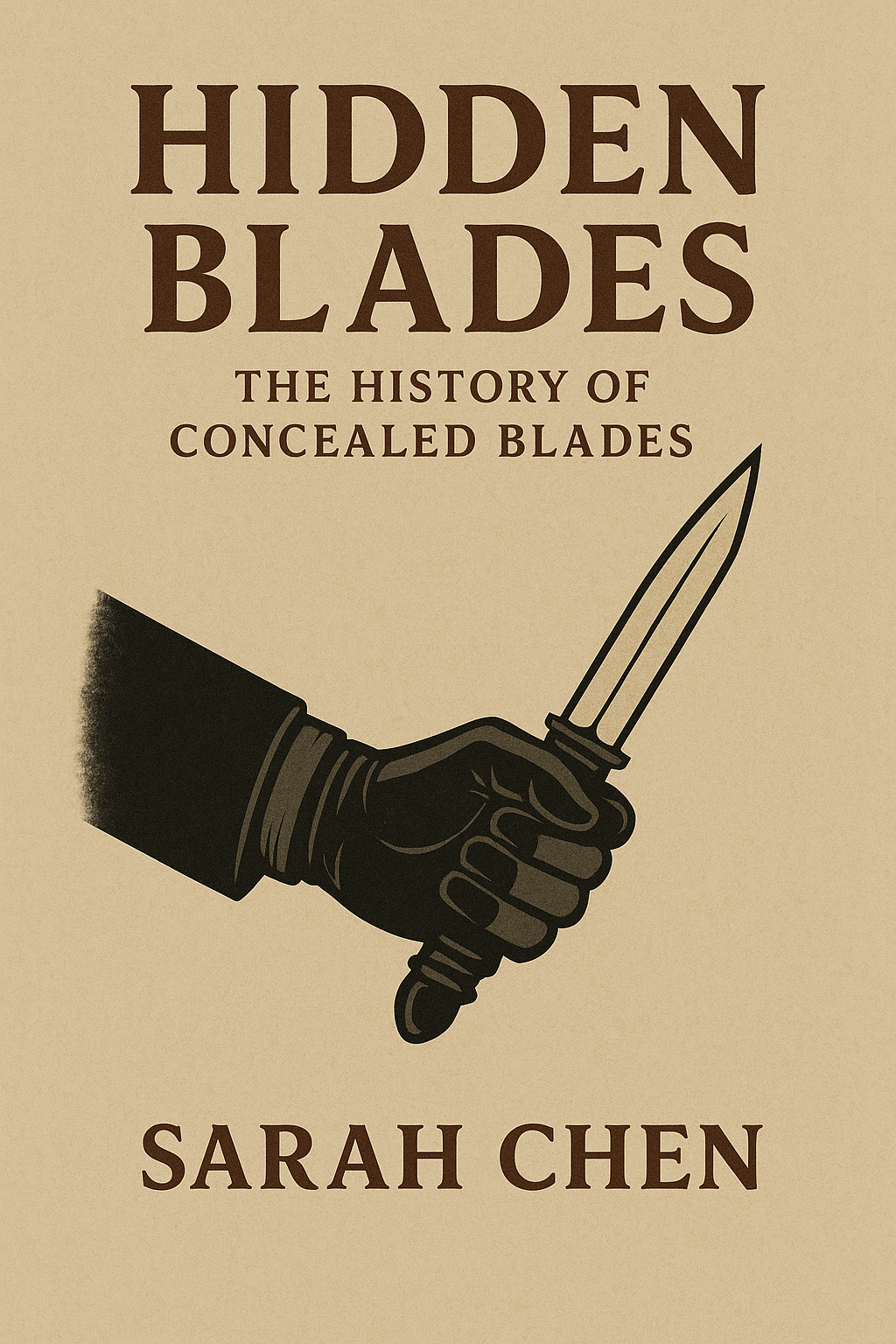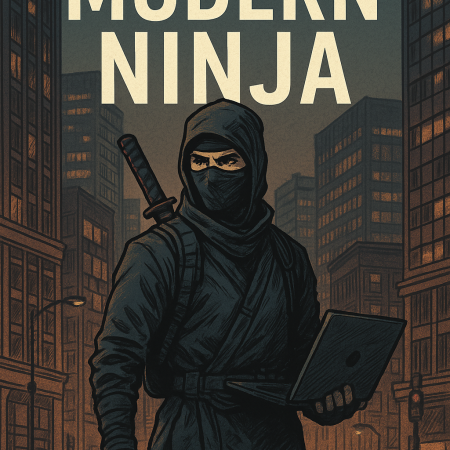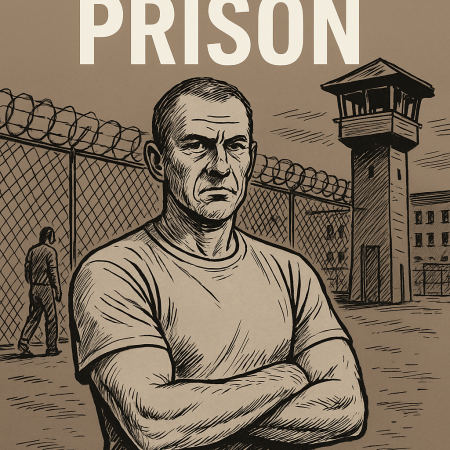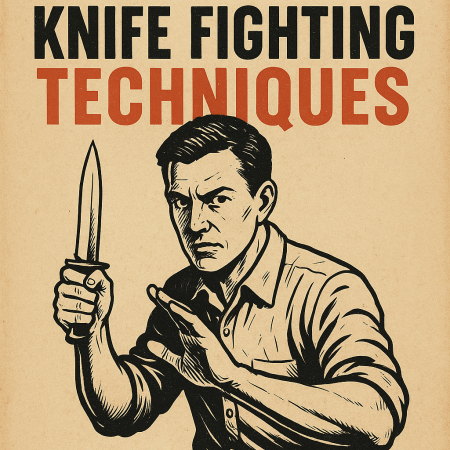Description
From the frozen body of Ötzi the Iceman to the glittering courts of Renaissance Italy, from the shadowy passages of the Silk Road to the clandestine training grounds of modern intelligence agencies, Hidden Blades: The History of Concealed Blades traces humanity’s enduring fascination with the weapon that strikes from the shadows.
Written by Dr. Sarah Chen, Professor of Anthropological Archaeology at the University of Edinburgh, this groundbreaking work blends archaeology, history, anthropology, and philosophy to tell the untold story of concealed weapons across cultures and centuries. Far more than a catalog of knives, daggers, and disguised tools, it is a profound meditation on deception, trust, and survival—themes that have shaped societies for millennia.
At its heart, Hidden Blades asks the question: What does it mean when we choose to hide a weapon?
Readers will journey across time and place:
-
Ancient Origins: Discover how the earliest humans concealed small copper and obsidian blades, not for hunting, but for protection and psychological reassurance.
-
Sacred and Ritual Uses: Explore Mesopotamian temple daggers, Babylonian religious artifacts, and the mystical Southeast Asian kris—objects where concealment itself carried spiritual power.
-
Merchants and Travelers: Follow traders along the Silk Road who relied on disguised weapons hidden in walking sticks, scales, or grooming tools to defend against bandits and corrupt officials.
-
Renaissance Intrigue: Enter the courts of Machiavelli’s Italy, where ornate clasps, jeweled crucifixes, and elegant buckles concealed lethal stilettos used in diplomatic assassinations.
-
Samurai and Ninja Philosophy: Examine the paradox between samurai honor, which demanded visible courage, and ninja pragmatism, which elevated stealth and concealed blades to a spiritual discipline.
-
Modern Echoes: Consider today’s debates over concealed carry, security, terrorism, and cyberwarfare—extensions of the same ancient questions about power, survival, and deception.
Dr. Chen weaves together archaeological discoveries, historical documents, forensic analysis, and cultural narratives to reveal that concealed weapons are not just instruments of violence, but mirrors reflecting human fears, hopes, and ingenuity. From freedom fighters resisting tyranny to women defending themselves in societies that denied them protection, hidden blades have often been tools of empowerment as well as destruction.
This is not a simple history of violence. It is the story of humanity’s relationship with concealment itself—our ability to present one face to the world while preparing for something entirely different. It is about the handshake that hides a dagger, the smile that masks survival instinct, and the innovation born from necessity.
Beautifully written, richly researched, and morally complex, Hidden Blades challenges readers to reconsider not only the weapons themselves, but what they reveal about us as a species.
For readers of history, anthropology, true crime, martial arts philosophy, or anyone fascinated by the intersection of technology and human psychology, this book offers a compelling journey into the shadows where culture, violence, and survival converge.







